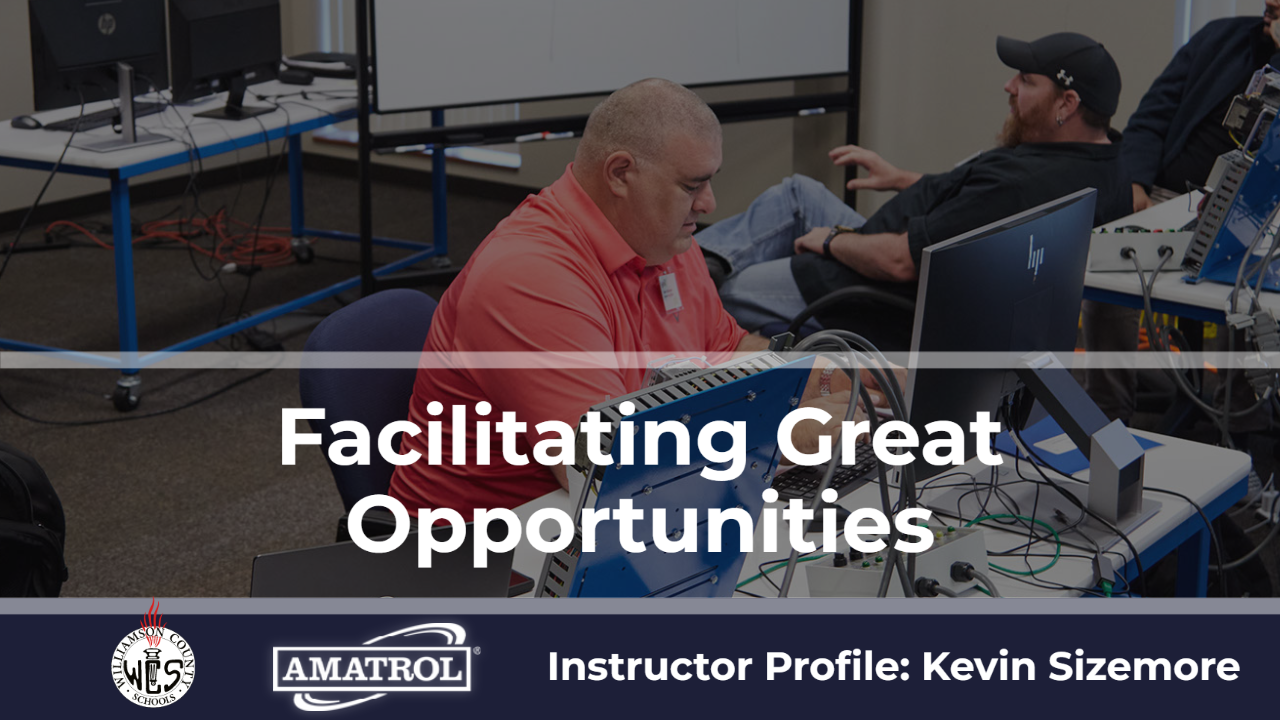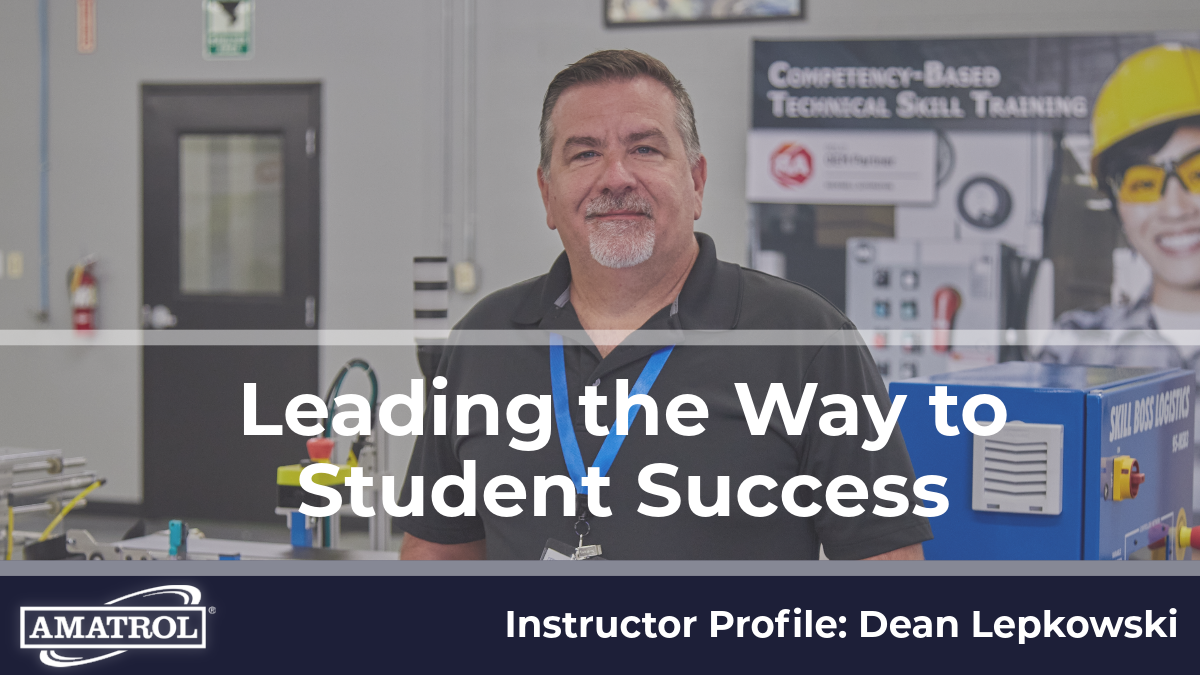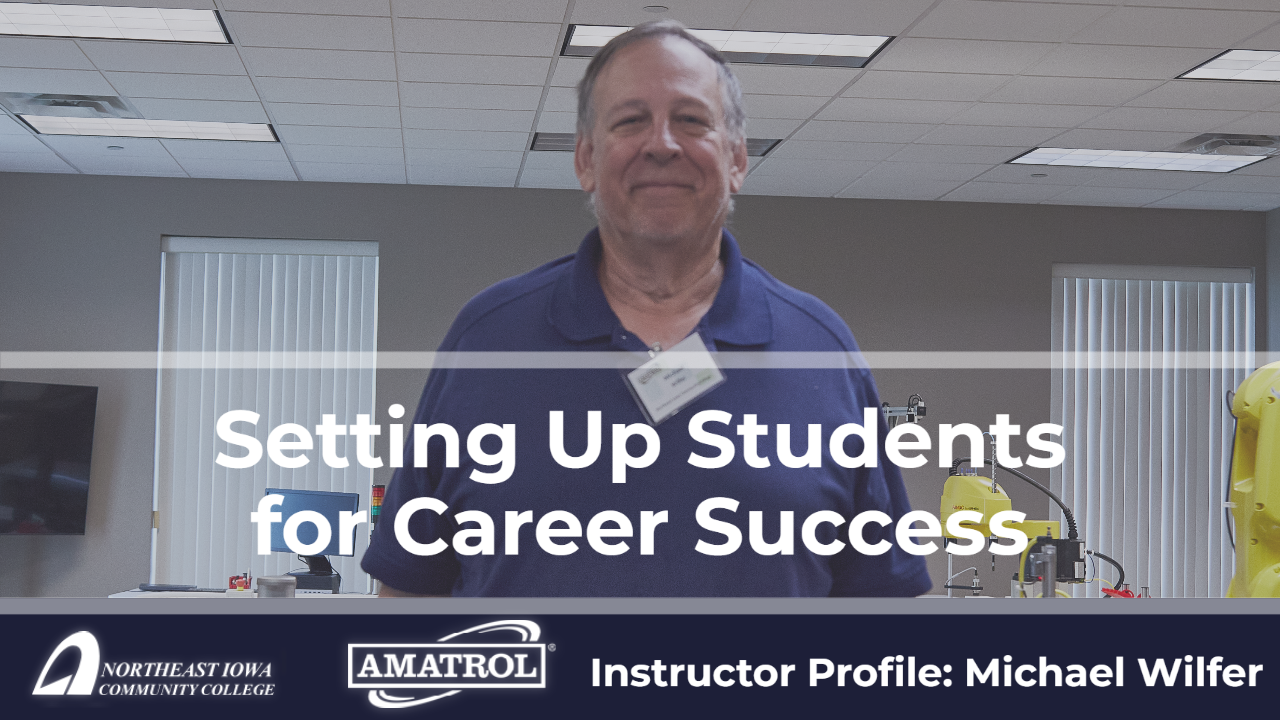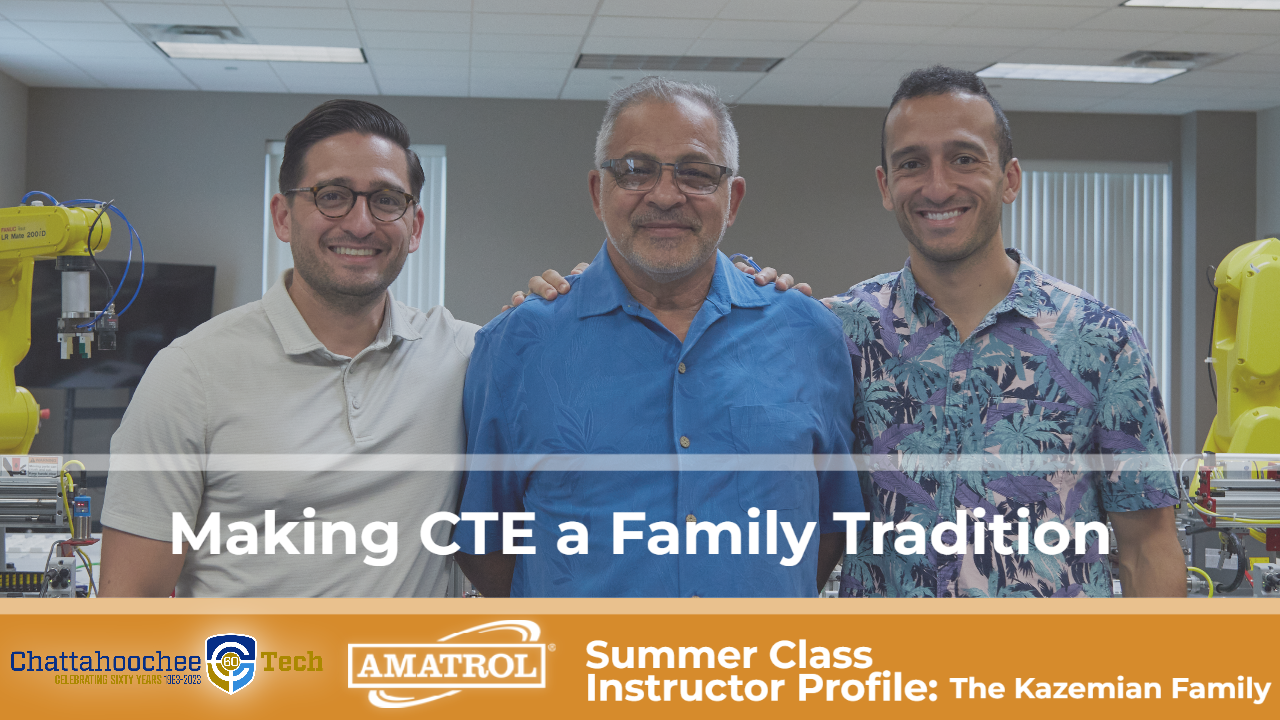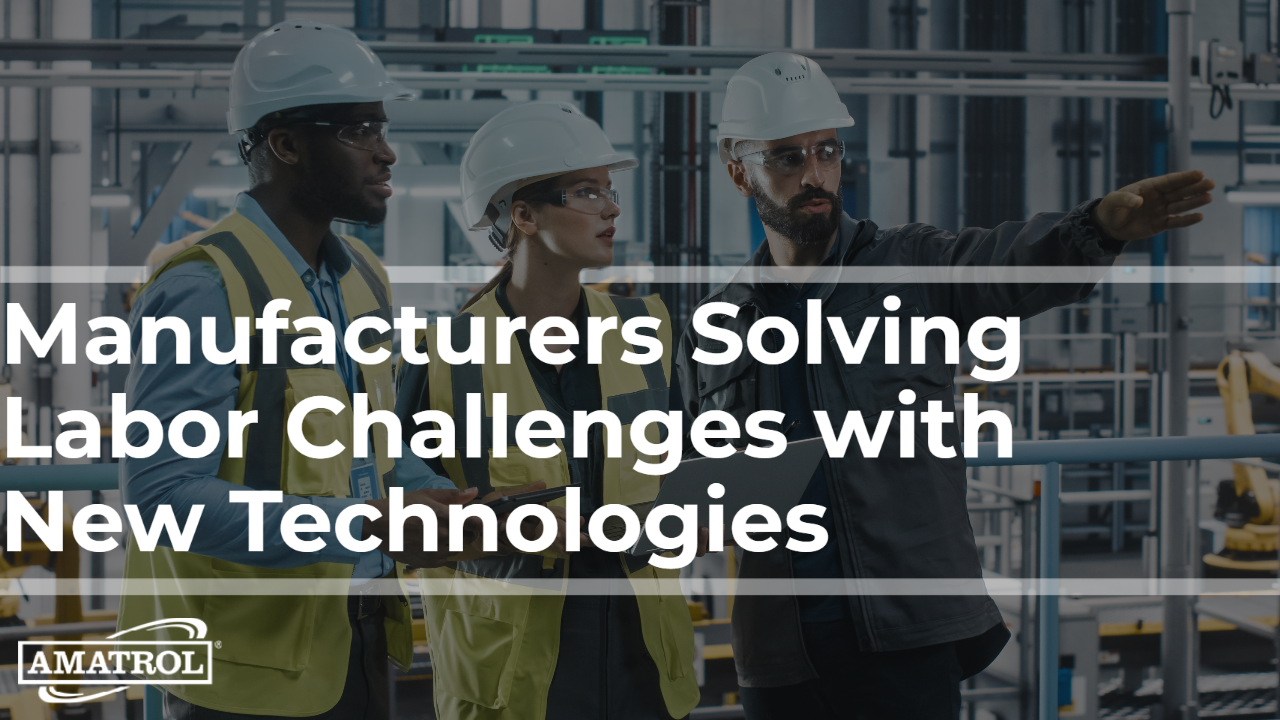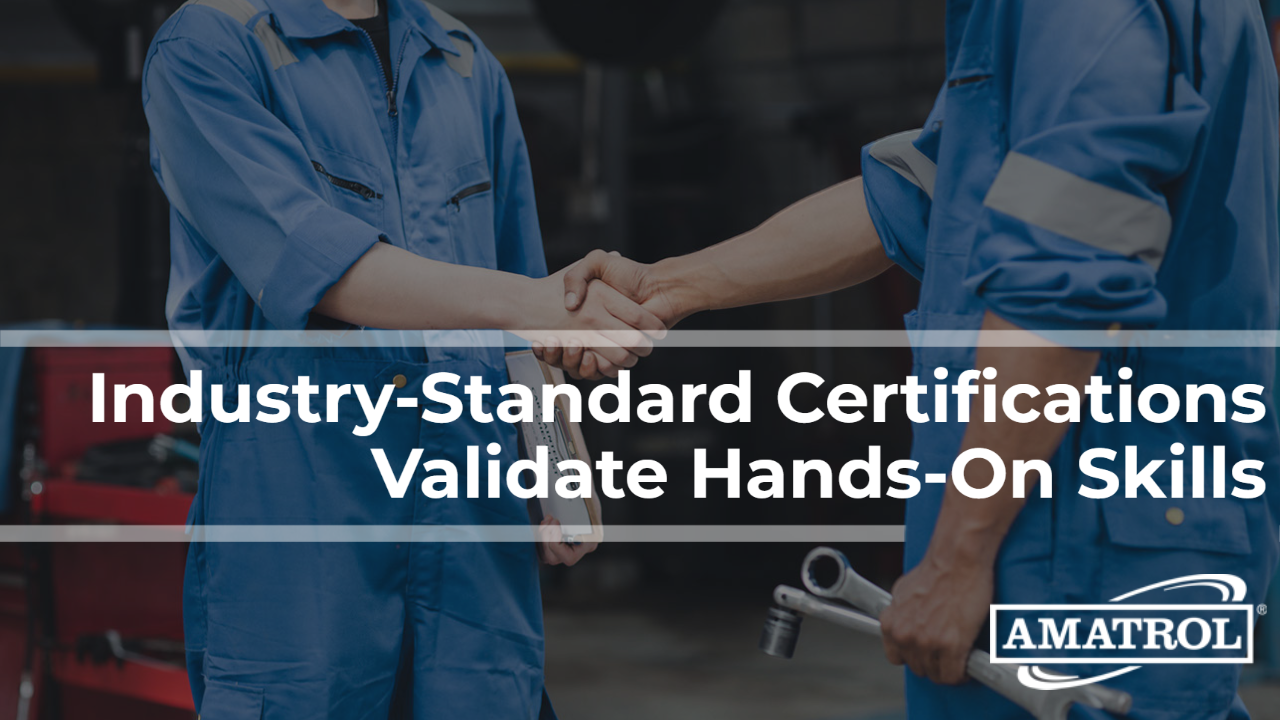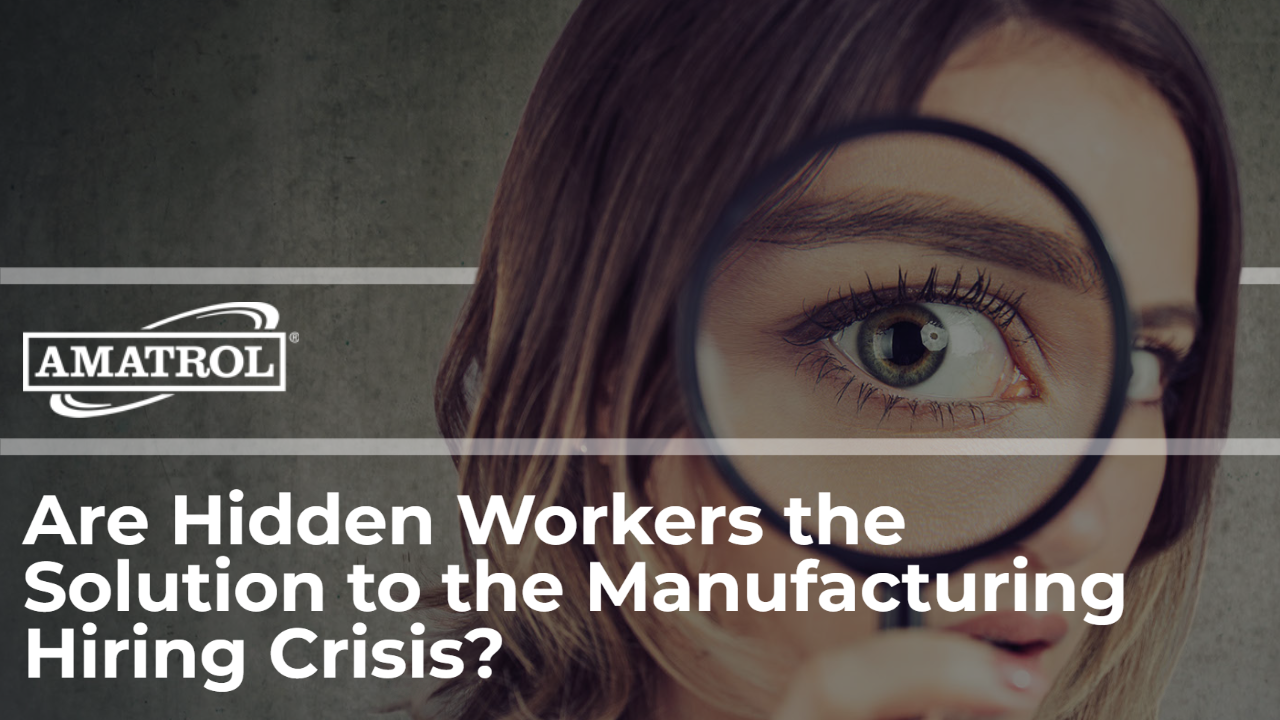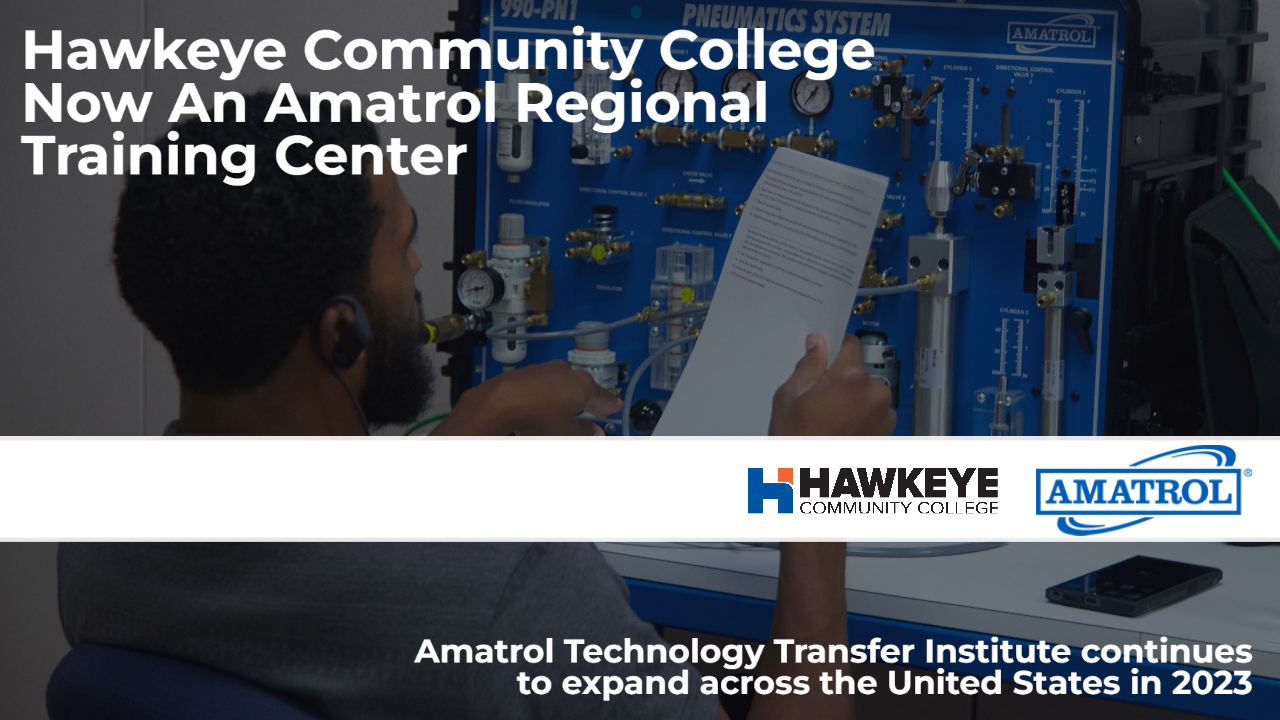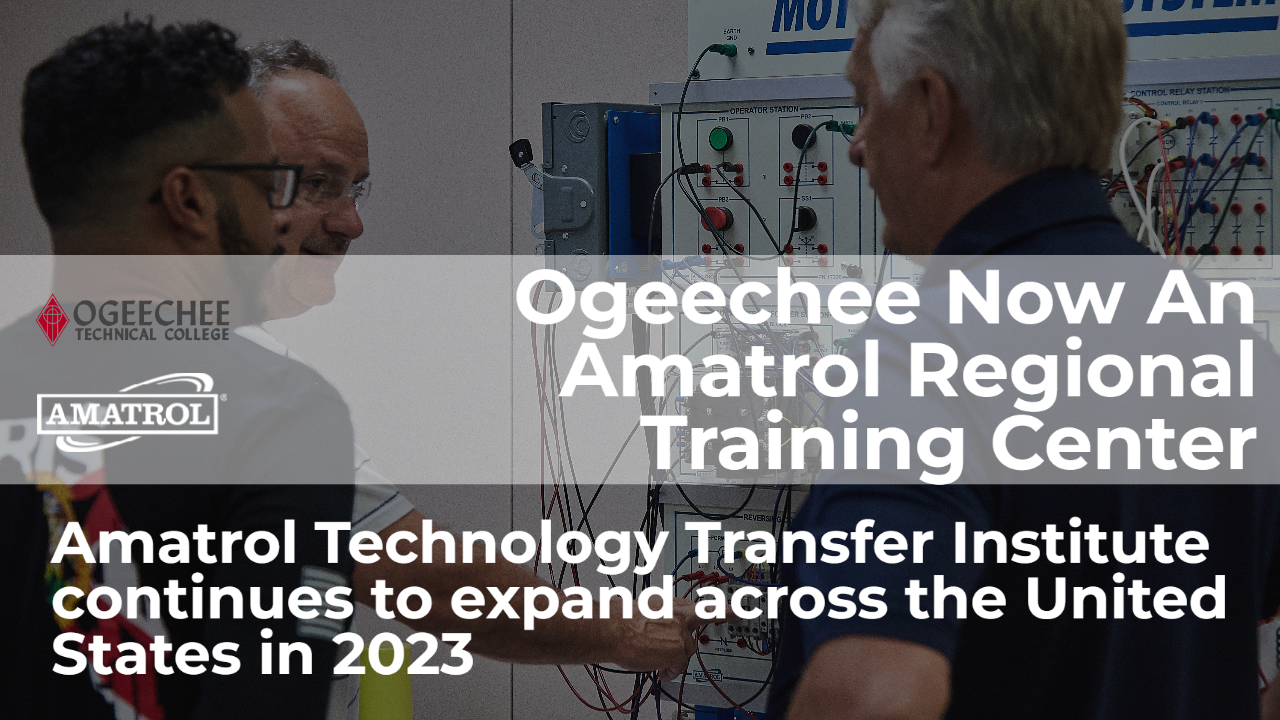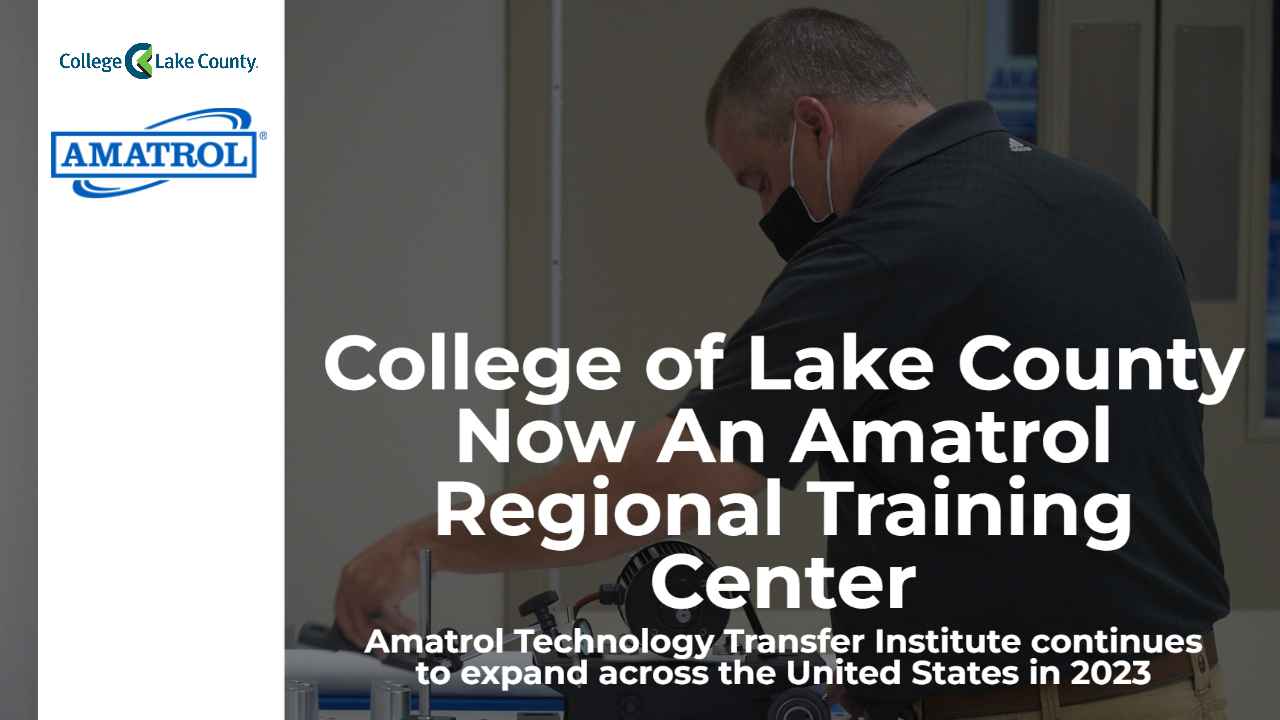When the COVID-19 pandemic struck in 2020, employers in every sector experienced a phenomenon that manufacturers had been dealing with for many years: a shortage of skilled workers. Most people vividly remember “CLOSED” signs adorning windows due to staffing shortages. While we’re a ways past the pandemic now, many businesses continue to experience skilled labor
FAIRVIEW, TN – He took the job in 2003 as a business education teacher. But Kevin Sizemore didn’t know he’d build a mechatronics program that offers students an associate’s degree along with their high school diploma. Sizemore, the mechatronics instructor at Fairview High School in Fairview, TN, said his goal as an instructor is to
Today’s career and technical education (CTE) instructors face a variety of challenges. For many new CTE instructors, it’s a matter of establishing a program and getting it off the ground. However, it can be just as difficult to revive and improve an established program that’s underperforming. That’s the situation Dean Lepkowski found when he took
There’s more than corn in Iowa. Baseball fans who cherish the 1989 classic Field of Dreams will remember a baseball diamond forged out of a corn field outside Dyersville, Iowa, that brought the ghosts of former baseball greats out to play ball. Today, just down the road from Dyersville, you’ll find an institution that
If you’re a fan of country music classics, you’re probably familiar with Alan Jackson’s 1992 hit, Chattahoochee, an ode to the muddy river that taught him how to swim, who he was, “a lot about livin’ and a little ‘bout love.” Today, the Chattahoochee teaches a lot more than that. We’re talking about Chattahoochee Technical
As the global economy continues to recover from the COVID-19 pandemic, manufacturers all over the world are still struggling to fill hundreds of thousands of open positions. Despite their best efforts, manufacturers face a shortage of highly-skilled workers to meet their increasing demand. The skilled labor shortage isn’t the only challenge facing manufacturers, though. Global
Have you ever changed the oil in your vehicle? Some people enjoy performing their own routine maintenance, while others prefer to take their vehicle to the dealership or a quick lube place over their lunch hour. If you’ve never changed the oil in your vehicle, why not? It’s a fairly simple and straightforward procedure. Remove
Recent employment statistics reveal that the U.S. economy has largely returned to pre-pandemic levels, although significant challenges remain. In particular, the manufacturing sector continues to experience problems finding enough highly-skilled workers to fill hundreds of thousands of open positions. How can manufacturers compete for workers in an increasingly-crowded labor market? A recent study by Harvard
The bell rings and you look up from your notes at a sea of curious, eager faces. Ready or not, it’s time to teach your first basic electrical class. These students are depending on you. You’re a journeyman electrician with years of experience. Yet, you feel somewhat unprepared to transfer your accumulated knowledge and experience
Amatrol Technology Transfer Institute continues to expand across the United States in 2023 Jeffersonville, Indiana — Amatrol is excited to announce that Hawkeye Community College of Waterloo, Iowa is now an Amatrol Regional Training Center (RTC) in partnership with Moss Enterprises and will host two Instructor Training courses in 2023. “ATTI training classes are the
Amatrol Technology Transfer Institute continues to expand across the United States in 2023 Jeffersonville, Indiana — Amatrol is excited to announce that Ogeechee Tech of Statesboro, Georgia is now an Amatrol Regional Training Center (RTC) in partnership with Technical Training Aids and will host two Instructor Training courses in 2023. “Ogeechee Technical College is the
Amatrol Technology Transfer Institute continues to expand across the United States in 2023 Jeffersonville, Indiana — Amatrol is excited to announce that College of Lake County in Waukeegan, Illinois is now an Amatrol Regional Training Center (RTC) in partnership with Moss Enterprises and will host two Instructor Training courses in 2023. “We are proud to have


